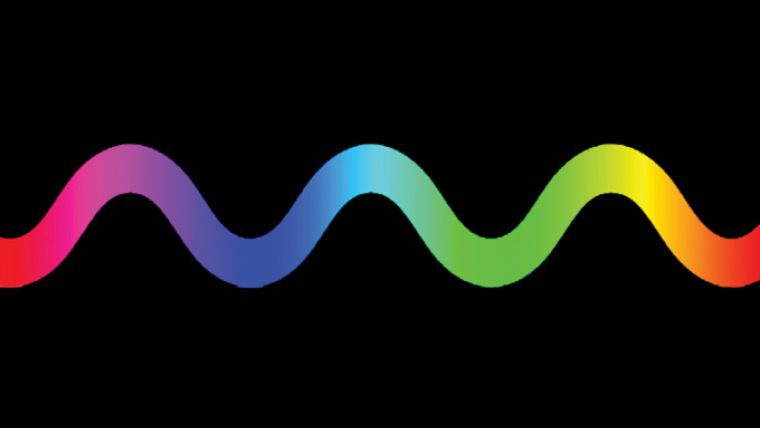Understanding... Wavelengths for Remote Sensing
At a time when satellite and aerial imagery is in abundance, it is important for GIS professionals to understand the science behind light and colour in much greater detail.
At a time when satellite imagery is in abundance, it is important for geospatialists to have a deeper understanding of the data which they are working with. In the following article, Niall Conway examines, in a light hearted manner, some of the important concepts behind light wavelengths, and how they relate to remote sensing activities.
Writing about stuff like remote sensing, satellites, and real-time imagery is all great fun up to a point. It's when the experts of these fields start to discuss the more technical aspects that things can get uncomfortable - like colour bands, Normalised Difference Vegetation Index, or 'false' colour images. The following article will attempt to explain one of the main concepts which geospatialists may need to understand if they are ever to get stuck in an elevator with a group of physicists, wavelengths.
Imagery is captured using either active sensors or passive sensors. These sensors record the wavelengths of visible light which are emitted from their point of focus.
A wavelength refers to the means by which light is measured. One wavelength refers to the distance between two successive wave troughs or crests. As such, light is categorised into different types within the electromagnetic spectrum - with each type depending on the distance between the emitted wavelengths.
The largest types of waves are called radio waves. These are used to transmit television and radio programmes. They can either be very big or very small (i.e. between several hundred feet and the size of a coin.)
After radio waves, we get into the waves for optical communications. The first optical waves are called infrared waves. These are somewhat smaller than radio waves (about the width of a pinhead) and they emit heat. A good example of infrared light is the type of kitchen lights used to keep food warm in a restaurant.
After infrared waves, we're at the point when waves start to get really, really, really small... as in the size of molecules, atoms and nuclei.
First come the type of waves which keep map-makers in employment - visible waves. As the name implies, these are the only waves in the electromagnetic spectrum which humans can actually see, and each colour in the spectrum appears in the same sequence as it would in a rainbow. Red has the longest wavelength (followed by blue and green), and violet has the shortest wavelength.
A blink of the eye later, we're back into the invisible wavelengths territory! First up, and moving on from the final colour in the visible spectrum, is ultraviolet, or UV waves. These type of waves come from things like the sun or high power welding machines. Due to the radiation emitted, UV waves can be very dangerous if over-exposed to them!
After ultraviolet, we're into the world of X-Rays. These are pretty obvious ones. If, however, you want to learn more about X-Rays just ask your local doctor - I'm sure he or she will be delighted to discuss the electromagnetic spectrum. Especially if it's on the clock!
The final and smallest wave which we know of is the Gamma Ray. However, unless you are working in the advanced medical sciences or spend your time fighting aliens, you probably have little use for these rays!
The key thing to remember when it comes to the electromagnetic spectrum is that, although visible waves are the only ones which humans can see, the other categories of waves are, thanks to more sophisticated sensor technology, being captured and put to greater use by remote sensing experts. Ultimately, this will help us to build up a more comprehensive understanding of what is going on with our planet. Exciting times ahead.
This article was published in GIS Professional February 2018

Value staying current with geomatics?
Stay on the map with our expertly curated newsletters.
We provide educational insights, industry updates, and inspiring stories to help you learn, grow, and reach your full potential in your field. Don't miss out - subscribe today and ensure you're always informed, educated, and inspired.
Choose your newsletter(s)
























